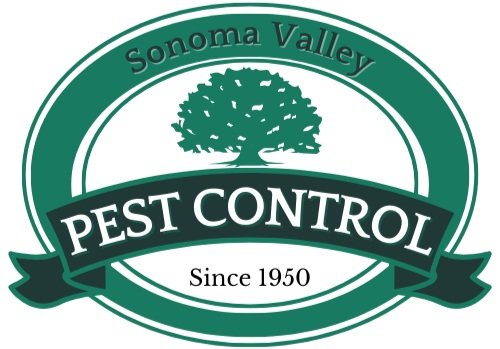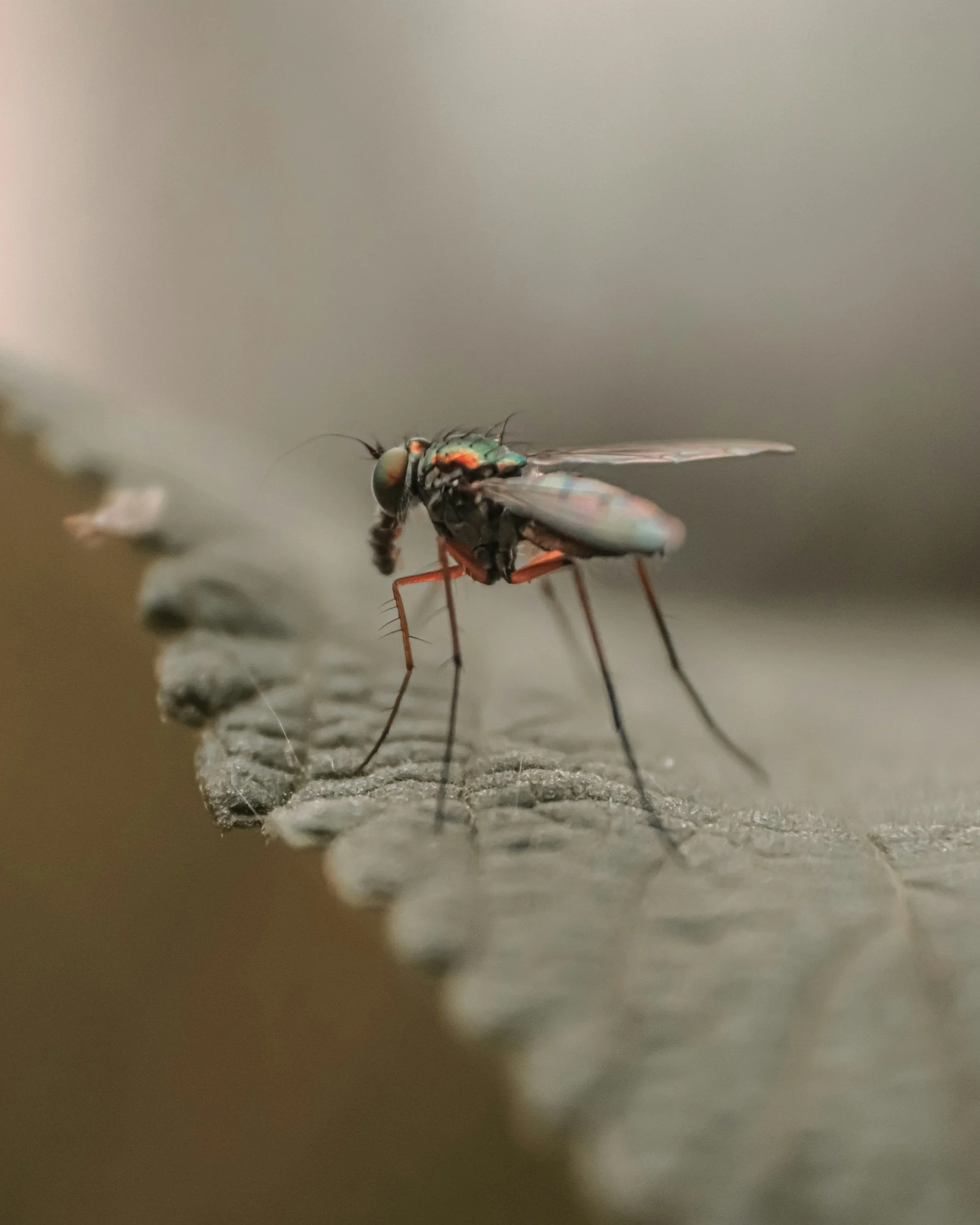Pest Control Service
Flying Pests
Flying pests such as flies, mosquitoes, Olender aphids, and whiteflies can create numerous challenges for your home and yard. Flies can contaminate food and surfaces with harmful bacteria, while mosquitoes are known not only for their irritating bites but also for being carriers of diseases that can affect both humans and pets.
Effective management of these flying pests is essential to maintaining the health of your landscape and ensuring a safe outdoor space for your family.
List of Flying Pests
Stinging Pests
Yellowjackets (Vespula spp.)
These wasps are known for their territorial behavior and can be particularly aggressive. They are often found near trash cans and food sources.Bald-Faced Hornets (Dolichovespula maculata)
Recognizable by their black and white markings, bald-faced hornets build aerial nests and can be quite aggressive if disturbed.Paper Wasps (Polistes spp.)
These wasps are less aggressive than yellowjackets but will defend their nests if provoked. They build umbrella-shaped nests in sheltered areas.Carpenter Bees (Xylocopa spp.)
Carpenter bees resemble bumblebees and are known for boring into wood to create nests, which can result in structural damage.Mud Daubers (Sceliphron spp.)
These wasps build mud nests and are generally not aggressive, but they can still sting if handled.Sweat Bees (Megachile spp. and Halictidae family)
Attracted to human sweat, these small bees are typically non-aggressive but can sting if they feel threatened.Fire Ants (Solenopsis spp.)
While more common in Southern California, fire ants can deliver painful stings and are known for their aggressive behavior when defending their mounds.Asian Giant Hornets (Vespa mandarinia)
Although sightings are rare, their presence has been documented in California. They are known for their large size and painful sting.Giant Desert Hairy Scorpion (Hadrurus arizonensis)
While primarily found in deserts, these scorpions can deliver a sting that is painful, though not typically life-threatening. Awareness of these pests is important for preventing stings and for understanding their roles in the ecosystem.and MORE!
Garden Pests
Aphids: Small, soft-bodied insects that feed on plant sap, causing distortion and stunted growth.
Whiteflies: Tiny, winged insects that can create sticky honeydew, leading to sooty mold on plants.
Japanese Beetles: Metallic green and bronze beetles that feed on leaves, flowers, and fruit, causing significant damage.
Leafhoppers: They jump and fly away when disturbed and can transmit plant diseases while feeding on the sap.
Fruit Flies: Common pests that infest overripe or damaged fruits, laying eggs that lead to larvae development.
Cabbage Worms: The larvae of moths that fly can cause considerable damage to leafy greens and cabbage crops.
Mosquitoes: Known for their bites, they can transmit diseases and become a nuisance in garden areas.
Wasps: While beneficial for pollination, some species can become aggressive and interfere with garden activities.
and MORE!

Free Estimate
Please fill out this short form so we can begin addressing your pest problems right away!



